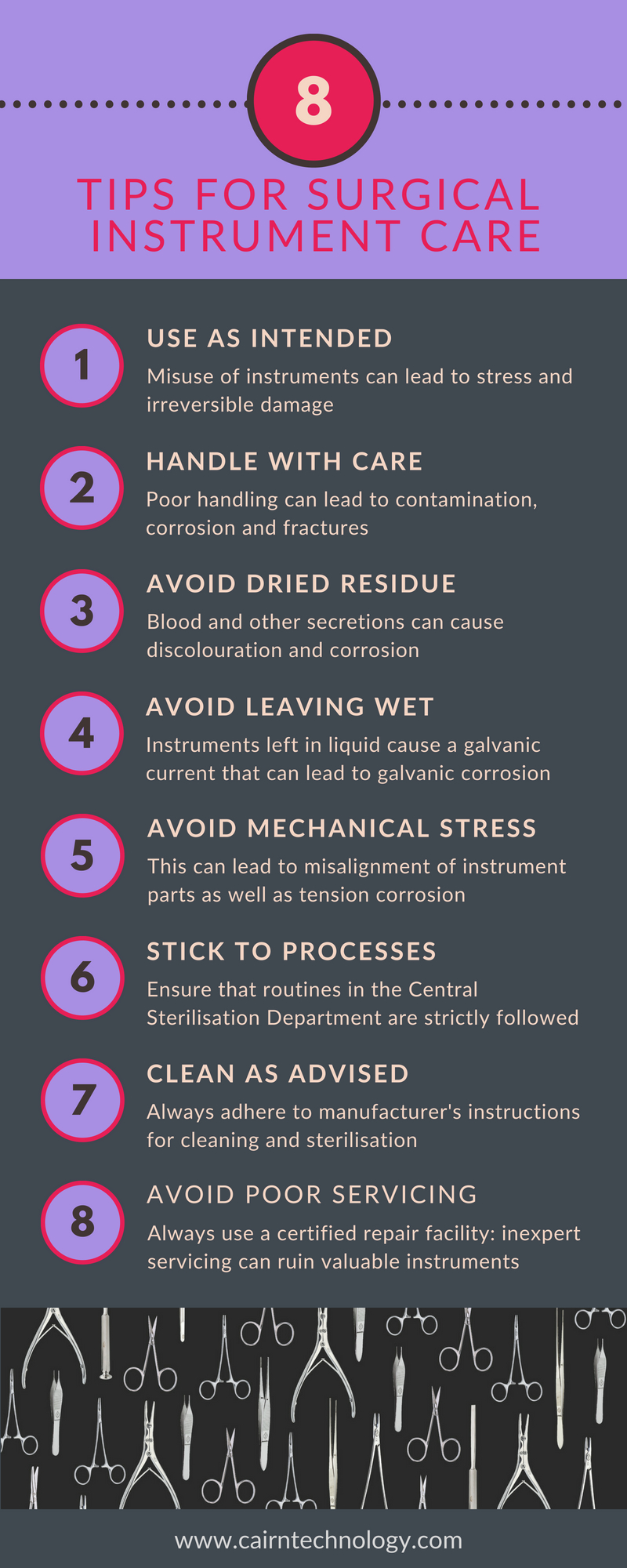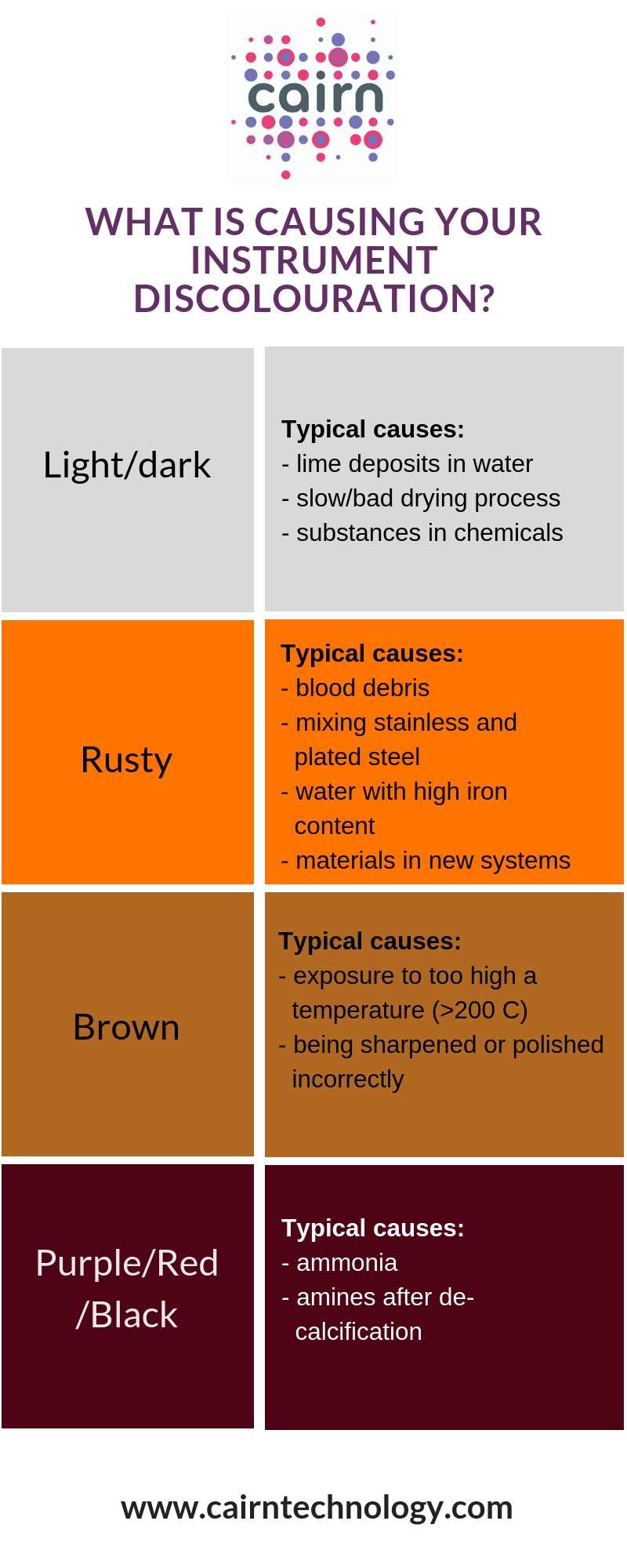Isoflurane – Safety, Disposal and Monitoring in Hospitals
Isoflurane is one of the World Health Organization’s Essential Medicines. However, it can cause some adverse effects in both patients and in practitioners.
This is an essential guide to isoflurane – particularly in regard to how to store it, dispose of it, and monitor it in hospitals and other care settings.
What is Isoflurane?
Isoflurane is a general inhalation anaesthetic used as a sedative agent, and as a bronchodilator for patients with acute severe asthma. It’s non-flammable, it readily vapourises, but it’s a liquid at room temperature.
Anaesthetists always administer isoflurane in conjunction with air or pure oxygen. Though isoflurane can induce anaesthesia, anaesthetists also use it to maintain a state of general anaesthesia that’s been induced by another drug.
How Dangerous is Isoflurane?
Isoflurane can also be hazardous for practitioners. In its liquid form its irritating and corrosive, so it should never come into contact with the eyes, the skin, or any mucous membranes. And if inhaled in its vapour form, isoflurane can cause headaches, dizziness, and fatigue. Prolonged exposure can lead to chronic conditions, and even renal, hepatic, and reproductive disorders.
Some have also raised safety concerns about certain general anaesthetics, such as isoflurane, in young children. Animal studies suggest that isoflurane, when used in combination with nitrous oxide and certain other anaesthetics, may increase the risk of neurodegeneration.
There are also concerns that, with elderly patients, inhaled anaesthetics may cause brain damage that accelerates the onset of Alzheimer’s disease.
Isoflurane Safety Information
You can access all isoflurane safety information – including monitoring methods, on-site screening techniques, and all known possible side-effects – on the EMC website. Head here to access the EMC isoflurane safety information.
How to Store Isoflurane
You should store isoflurane bottles in a well-ventilated area at temperatures between 15°C and 30°C. You should return isoflurane to the storage location immediately after use, ensuring the bottles are closed tightly.
How to Dispose of Isoflurane
Treat isoflurane as a hazardous chemical waste and dispose of it accordingly. Place the waste material in a tightly-sealed container with a clear label, before disposing of it along with other chemical wastes.
How to Monitor Isoflurane Levels in Hospitals
Following a large spillage, there may be residual isoflurane levels in the environment. However, even the smallest leak from your anaesthetic machine could prove hazardous in the long-term. Workplace exposure monitoring will help meet your COSHH obligations and identify if your staff or patients are being exposed to isoflurane and other hazardous substances.
If it’s properly stored, and if your anaesthetic equipment is properly maintained, then you should have few problems with isoflurane in your health setting. However, there may be a spillage. As isoflurane is highly volatile, a small spillage can dissipate almost immediately. But you’ll have to take immediate action to clean a large spillage.
You’ll need adequate training and appropriate PPE – including respirators. You’ll also have to ventilate the area while evacuating anyone who does not have access to appropriate PPE.
We offer an expert workplace exposure monitoring service that will ensure you meet your COSHH obligations wherever your staff are exposed to hazardous substances in your care setting. This can include exposure to isoflurane.
Our fully-accredited consultants will manage the work for you, eventually providing a comprehensive report that includes discussions and recommendations based on our findings.
Head here for more information about our bespoke air quality monitoring, to talk to an expert, or to get a quote.



